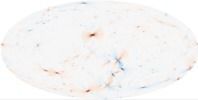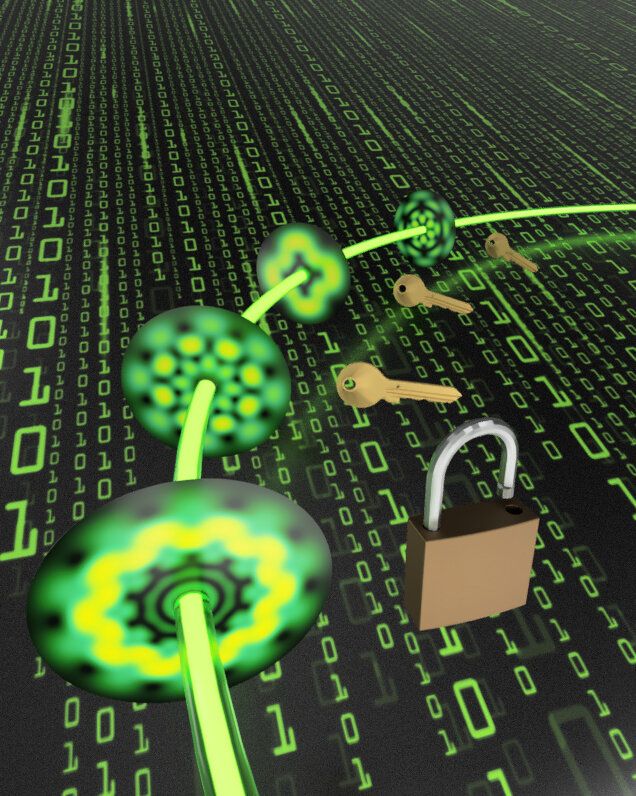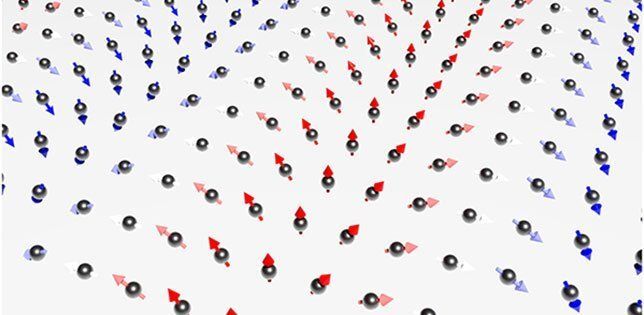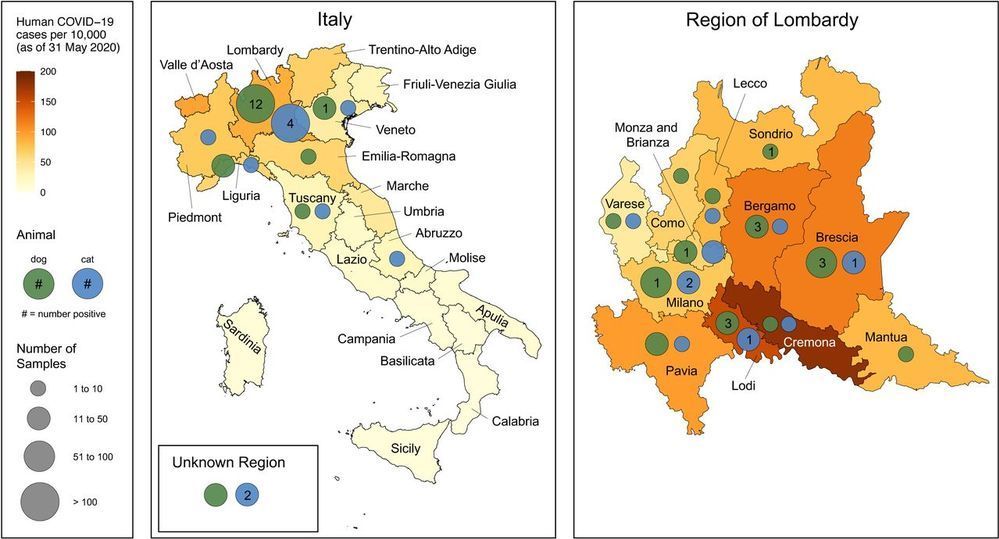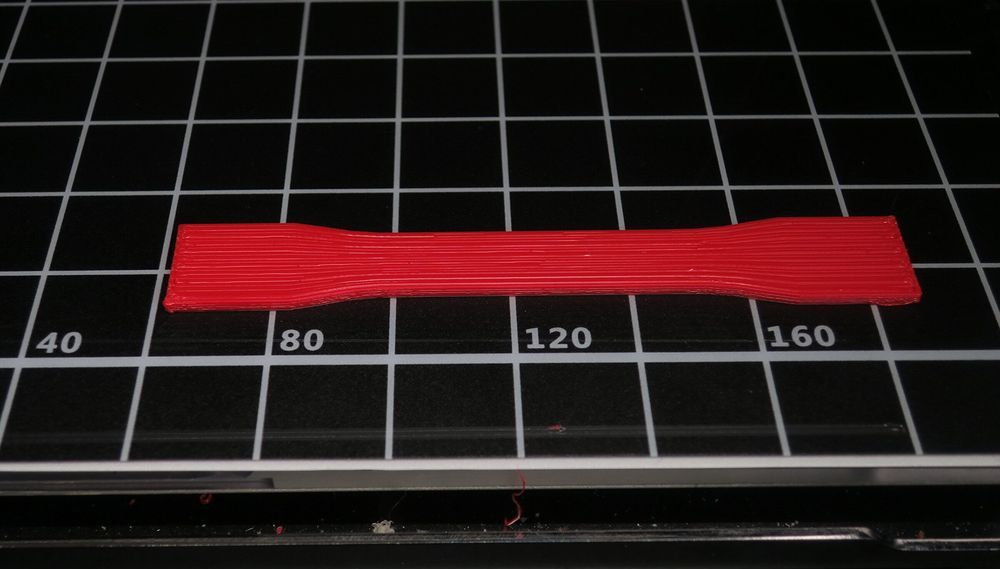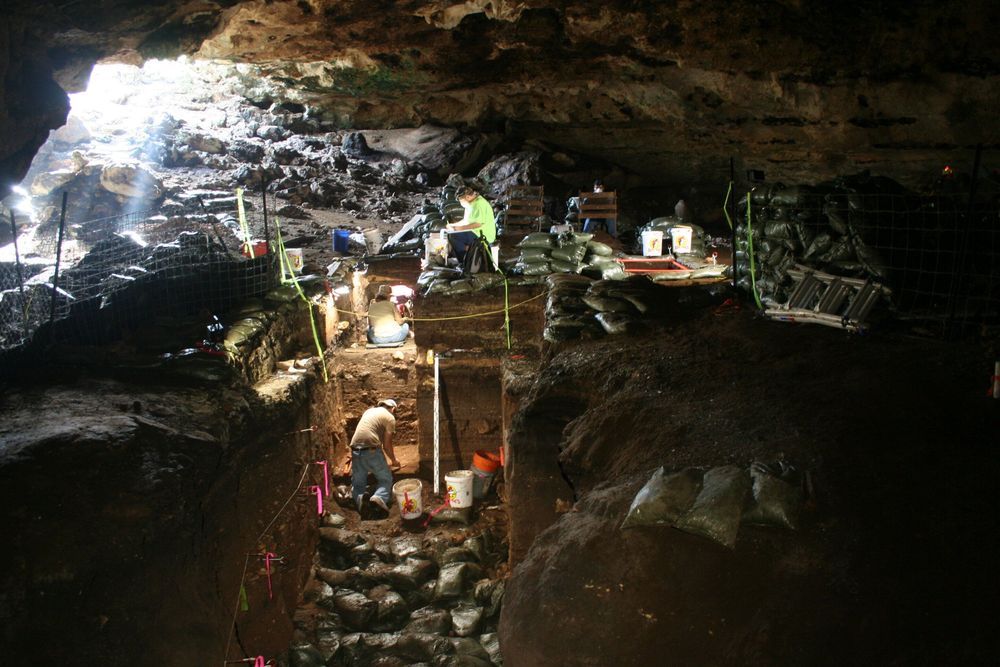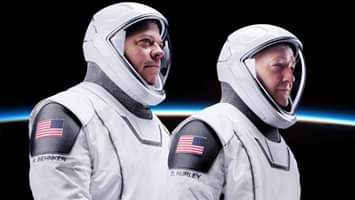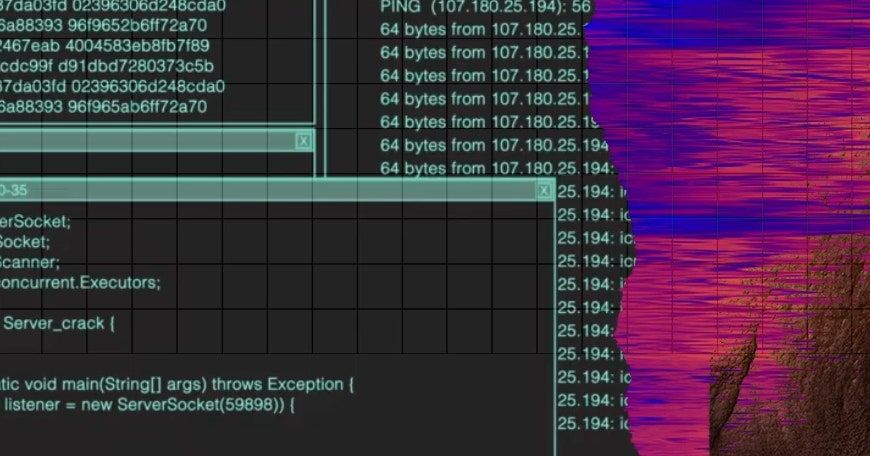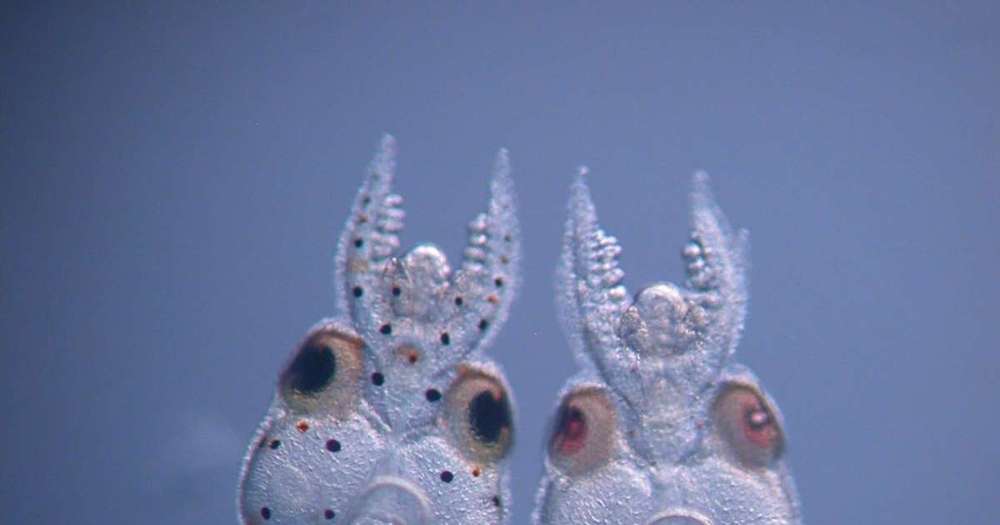Page 7270
Aug 1, 2020
Non-cuttable material created through local resonance and strain rate effects
Posted by Saúl Morales Rodriguéz in categories: energy, materials
We have created a new architected material, which is both highly deformable and ultra‐resistant to dynamic point loads. The bio-inspired metallic cellular structure (with an internal grid of large ceramic segments) is non-cuttable by an angle grinder and a power drill, and it has only 15% steel density. Our architecture derives its extreme hardness from the local resonance between the embedded ceramics in a flexible cellular matrix and the attacking tool, which produces high-frequency vibrations at the interface. The incomplete consolidation of the ceramic grains during the manufacturing also promoted fragmentation of the ceramic spheres into micron-size particulate matter, which provided an abrasive interface with increasing resistance at higher loading rates. The contrast between the ceramic segments and cellular material was also effective against a waterjet cutter because the convex geometry of the ceramic spheres widened the waterjet and reduced its velocity by two orders of magnitude. Shifting the design paradigm from static resistance to dynamic interactions between the material phases and the applied load could inspire novel, metamorphic materials with pre-programmed mechanisms across different length scales.
Aug 1, 2020
Sharing a secret… the quantum way
Posted by Saúl Morales Rodriguéz in category: quantum physics
Researchers at the University of the Witwatersrand in Johannesburg, South Africa, have demonstrated a record setting quantum protocol for sharing a secret amongst many parties. The team created an 11-dimensional quantum state and used it to share a secret amongst 10 parties. By using quantum tricks, the secret can only be unlocked if the parties trust one another. The work sets a new record for the dimension of the state (which impacts on how big the secret can be) and the number of parties with whom it is shared, and is an important step towards distributing information securely across many nodes in a quantum network.
Laser & Photonics Reviews published online the research by the Wits team led by Professor Andrew Forbes from the School of Physics at Wits University. In their paper titled: Experimental Demonstration of 11-Dimensional 10-Party Quantum Secret Sharing, the Wits team beat all prior records to share a quantum secret.
“In traditional secure quantum communication, information is sent securely from one party to another, often named Alice and Bob. In the language of networks, this would be considered peer-to-peer communication and by definition has only the two nodes: sender and receiver,” says Forbes.
Aug 1, 2020
Researchers enhance electron spin longevity
Posted by Saúl Morales Rodriguéz in category: particle physics
The electron is an elementary particle, a building block on which other systems evolve. With specific properties such as spin, or angular momentum, that can be manipulated to carry information, electrons are primed to advance modern information technology. An international collaboration of researchers has now developed a way to extend and stabilize the lifetime of the electron’s spin to more effectively carry information.
Aug 1, 2020
Evidence of exposure to SARS-CoV-2 in cats and dogs from households in Italy
Posted by Saúl Morales Rodriguéz in category: biotech/medical
SARS-CoV-2 originated in animals and is now easily transmitted between people. Sporadic detection of natural cases in animals alongside successful experimental infections of pets, such as cats, ferrets and dogs, raises questions about the susceptibility of animals under natural conditions of pet ownership. Here we report a large-scale study to assess SARS-CoV-2 infection in 817 companion animals living in northern Italy, sampled at a time of frequent human infection. No animals tested PCR positive. However, 3.4% of dogs and 3.9% of cats had measurable SARS-CoV-2 neutralizing antibody titers, with dogs from COVID-19 positive households being significantly more likely to test positive than those from COVID-19 negative households. Understanding risk factors associated with this and their potential to infect other species requires urgent investigation.
One Sentence Summary SARS-CoV-2 antibodies in pets from Italy.
Severe acute respiratory syndrome coronavirus 2 (SARS-CoV-2) emerged in late December 2019 in Wuhan, Hubei province, China , possibly as a spillover from bats to humans , and rapidly spread worldwide becoming a pandemic. Although the virus is believed to spread almost exclusively by human-to-human transmission, there are concerns that some animal species may contribute to the ongoing SARS-CoV-2 pandemic epidemiology. To date, sporadic cases of SARS-CoV-2 infection have been reported in dogs and cats. These include detection of SARS-CoV-2 RNA in respiratory and/or fecal specimens of dogs and cats with or without clinical signs (5−7), as well as of specific antibodies in sera from pets from coronavirus disease 2019 (COVID-19) affected areas (7,8).
Aug 1, 2020
New printing process advances 3D capabilities
Posted by Saúl Morales Rodriguéz in categories: 3D printing, biotech/medical, cyborgs, drones
More durable prosthetics and medical devices for patients and stronger parts for airplanes and automobiles are just some of the products that could be created through a new 3D printing technology invented by a UMass Lowell researcher.
Substances such as plastics, metals and wax are used in 3D printers to make products and parts for larger items, as the practice has disrupted the prototyping and manufacturing fields. Products created through the 3D printing of plastics include everything from toys to drones. While the global market for 3D plastics printers is estimated at $4 billion and growing, challenges remain in ensuring the printers create objects that are produced quickly, retain their strength and accurately reflect the shape desired, according to UMass Lowell’s David Kazmer, a plastics engineering professor who led the research project.
Called injection printing, the technology Kazmer pioneered is featured in the academic journal Additive Manufacturing posted online last week.
Aug 1, 2020
Texas cave sediment upends meteorite explanation for global cooling
Posted by Saúl Morales Rodriguéz in categories: chemistry, climatology
Texas researchers from the University of Houston, Baylor University and Texas A&M University have discovered evidence for why the earth cooled dramatically 13,000 years ago, dropping temperatures by about 3 degrees Centigrade.
The evidence is buried in a Central Texas cave, where horizons of sediment have preserved unique geochemical signatures from ancient volcanic eruptions—signatures previously mistaken for extraterrestrial impacts, researchers say.
The resolution to this case of mistaken identity recently was reported in the journal Science Advances.
Aug 1, 2020
AI-Generated Text Is the Scariest Deepfake of All
Posted by Genevieve Klien in category: robotics/AI
Synthetic video and audio seemed pretty bad. Synthetic writing—ubiquitous and undetectable—will be far worse.
Aug 1, 2020
Scientists genetically alter squids for the first time in ‘game-changing’ breakthrough
Posted by Genevieve Klien in categories: biological, genetics
Start the day smarter. Get all the news you need in your inbox each morning.
The squid typically have dark eyes and an array of black and reddish brown spots across their bodies while the genetically altered hatchlings have light pink or red eyes and almost no dark spots.
The milestone, which was first reported in Current Biology Thursday, could pave the way for researchers to study the biology of cephalopods like squid, octopus and cuttlefish the same way they study more common lab animals like study mice and fruit flies.
